Traditional Clothing Across Asia and Its Cultural Connection to the Japanese Kimono
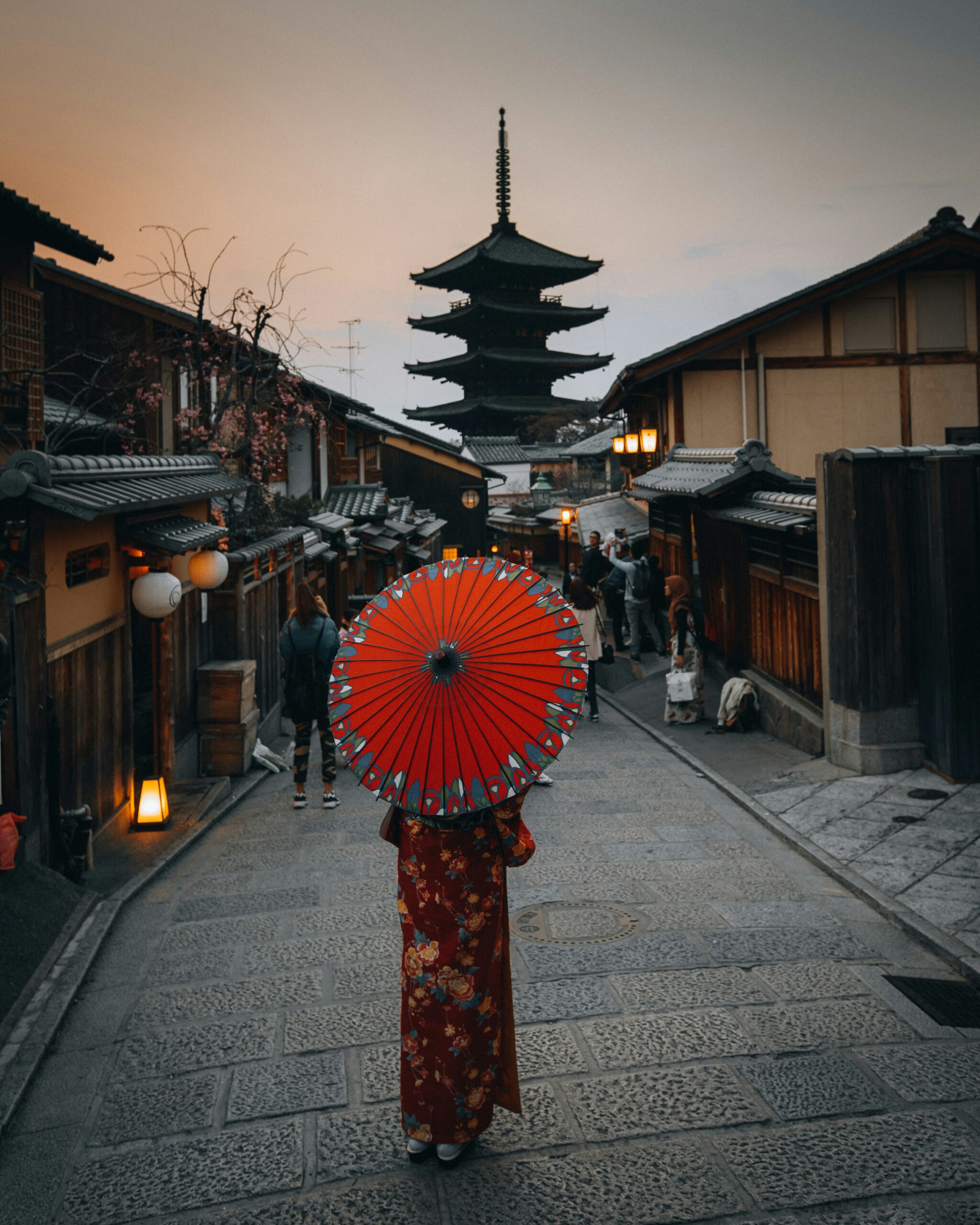
- Introduction
- Section 1 – The Kimono: Kyoto’s Cultural Masterpiece
- Section 2 – Traditional Clothing in Other Asian Countries
- Section 3 – Cultural Cross-Pollination in Asian Fashion
- Section 4 – Wearing a Kimono in Kyoto Today
- Section 5 – Why These Garments Matter Today
Introduction
When most people think of Kyoto, visions of graceful geisha, serene temples, and elegant silk kimonos instantly come to mind. But the kimono is not just a fashion statement — it is a living piece of cultural heritage with deep connections to other traditional garments found across Asia.
From the vibrant Korean hanbok to the refined Chinese cheongsam and the flowing Vietnamese ao dai, Asia’s traditional clothing tells the story of history, identity, and artistry. By exploring these connections, we gain a deeper appreciation for the kimono’s significance in Kyoto — a city where the past and present blend seamlessly.
And if you’re visiting Kyoto, wearing a kimono in its historical streets is not just about dressing up — it’s about stepping into history itself. Our Kyoto photography sessions allow you to capture this moment beautifully, with professional images you’ll treasure forever.
Section 1 – The Kimono: Kyoto’s Cultural Masterpiece
A Brief History of the Kimono
The kimono, meaning “thing to wear” in Japanese, dates back over a thousand years, evolving from the Chinese hanfu during Japan’s Heian period. Over centuries, the kimono became distinctly Japanese, with variations in style, fabric, and pattern that reflect social class, marital status, and the changing seasons.
Kyoto, as the former imperial capital, played a central role in developing kimono culture. Skilled artisans perfected dyeing techniques like yuzen, created intricate obi sashes, and preserved the art of hand-sewn silk garments.
Fun fact:
In Kyoto, even the way you tie the obi can signal your profession or special occasion.
Symbolism in Colors and Patterns
Red:
Celebration, youth, and good luck
Black:
Formality and elegance, often for weddings
White:
Purity, also used in bridal kimonos
Seasonal motifs:
Cherry blossoms for spring, maple leaves for autumn, cranes for longevity
This rich symbolism parallels traditions across Asia, where clothing often conveys meaning beyond aesthetics.
Section 2 – Traditional Clothing in Other Asian Countries
Korea: The Hanbok
The hanbok features a high-waisted skirt (chima) and a short jacket (jeogori), known for its flowing lines and vibrant colors. Historically worn daily, it is now reserved for celebrations like Chuseok (harvest festival) or weddings.
Cultural Connection:
Like the kimono, the hanbok emphasizes harmony with nature, with colors and patterns chosen to reflect the season or the wearer’s status. Both garments rely on expert craftsmanship, making them symbols of national pride.
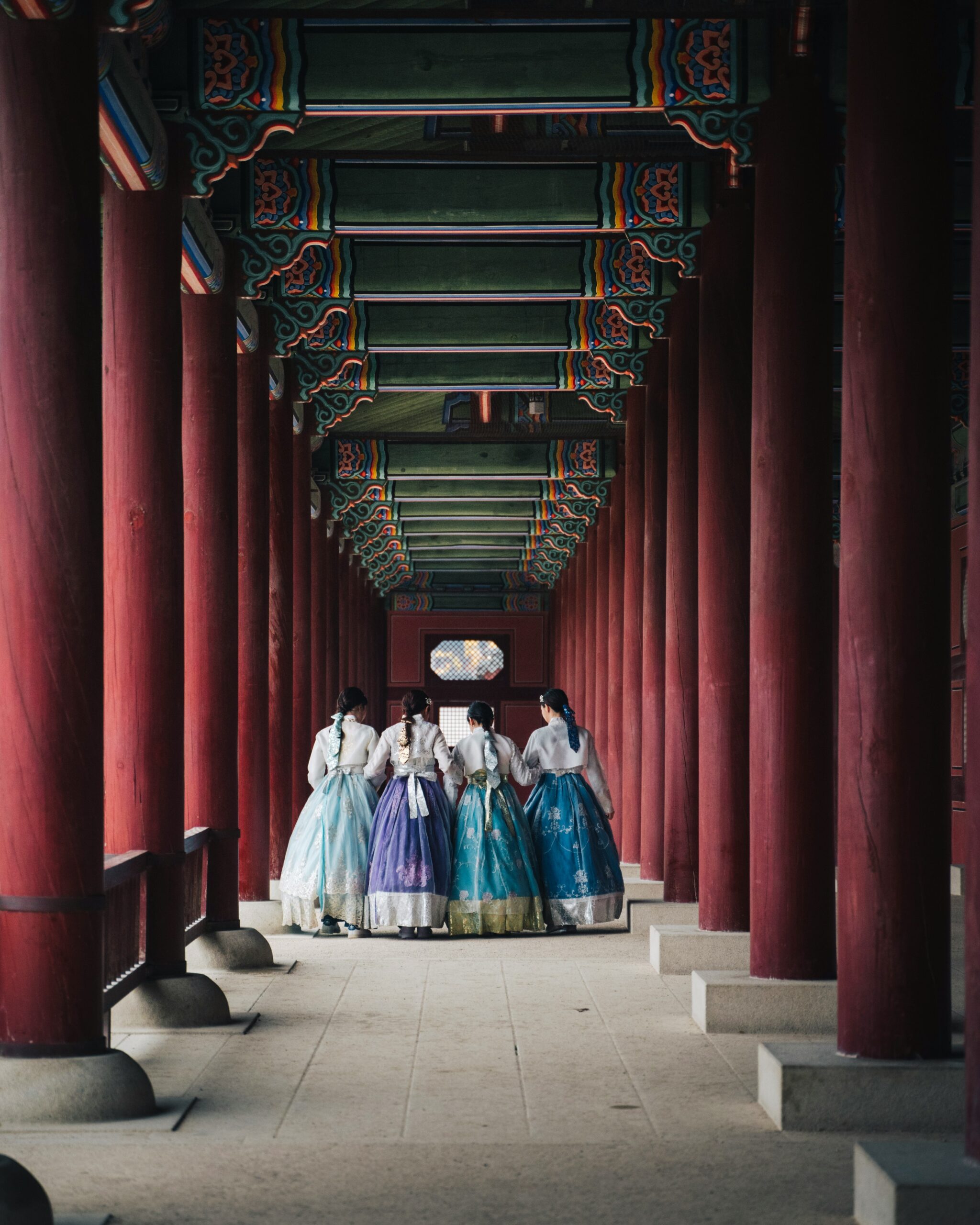
China: The Cheongsam and Hanfu
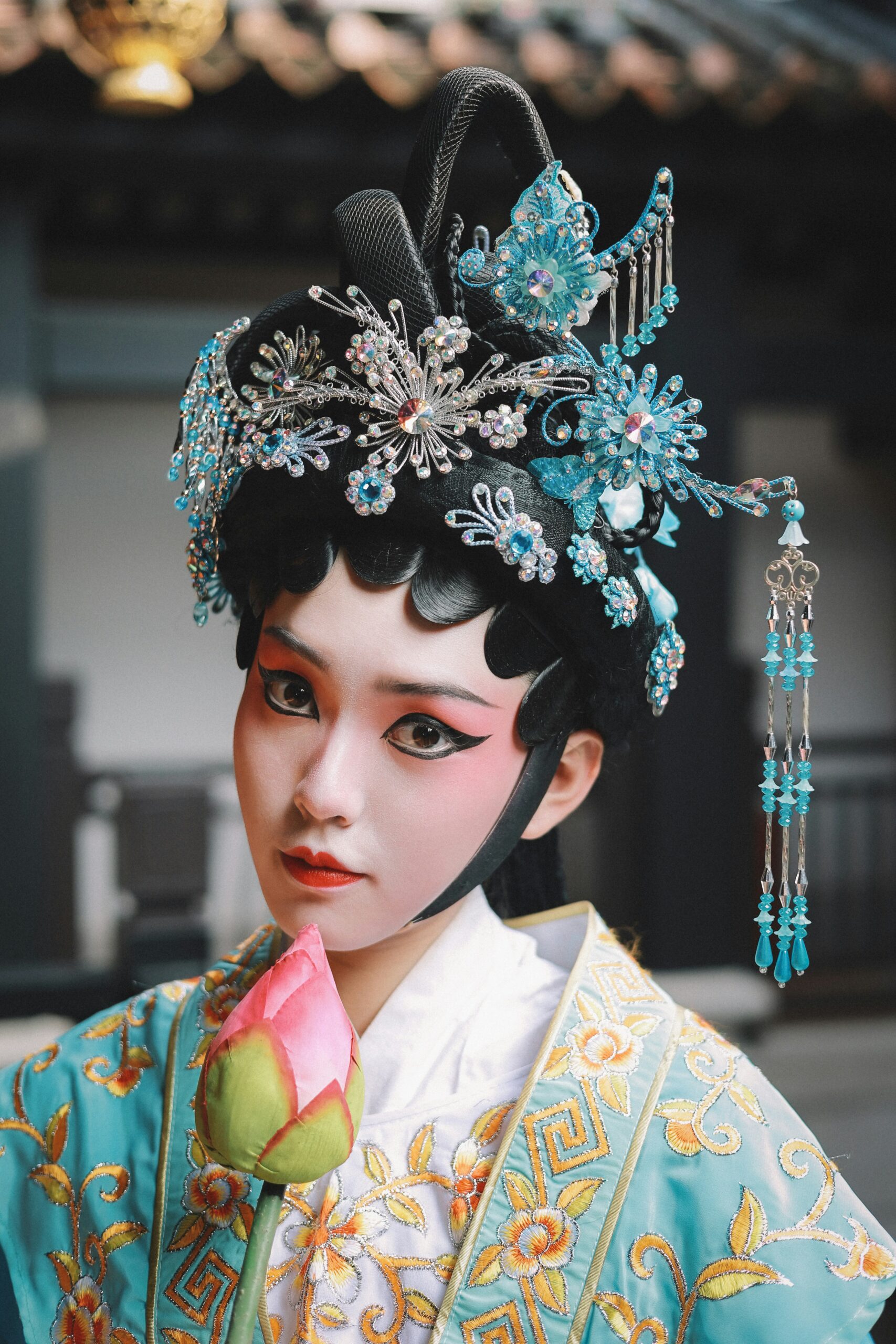
The cheongsam (or qipao) is a modernized version of the Manchu dress, characterized by a high collar and figure-hugging silhouette. The hanfu, on the other hand, is more historically tied to the kimono, with wide sleeves and layered robes.
Cultural Connection:
The kimono’s earliest designs were inspired by the hanfu, but Japan adapted the style to suit its climate, culture, and aesthetic values, leading to its unique evolution.
Vietnam: The Ao Dai
The ao dai blends a long tunic with flowing trousers, creating an elegant yet practical design. It became prominent during the Nguyễn Dynasty and is still worn for formal occasions and school uniforms.
Cultural Connection:
Like the kimono, the ao dai uses fabric and embroidery to tell stories, and the choice of color often reflects the occasion or the wearer’s age and marital status.
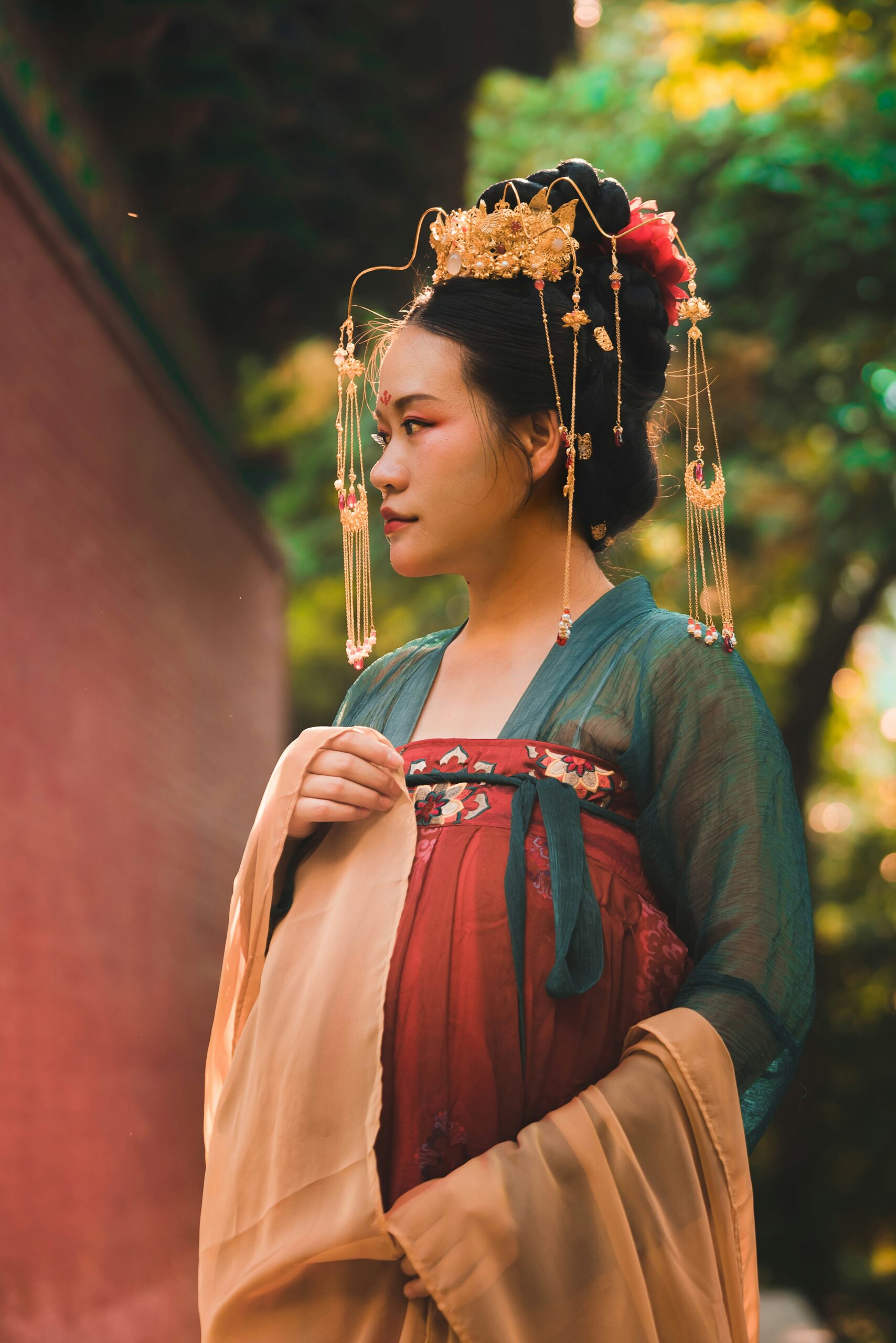
Section 3 – Cultural Cross-Pollination in Asian Fashion
Asia’s trade routes, from the Silk Road to maritime exchanges, allowed ideas and textiles to flow freely. Silk from China influenced Japan, dyes from Southeast Asia reached Korea, and embroidery techniques crossed borders.
This exchange fostered similarities:
- Use of natural dyes
- Layered garment structures
- Seasonal symbolism
- Integration of art into everyday wear
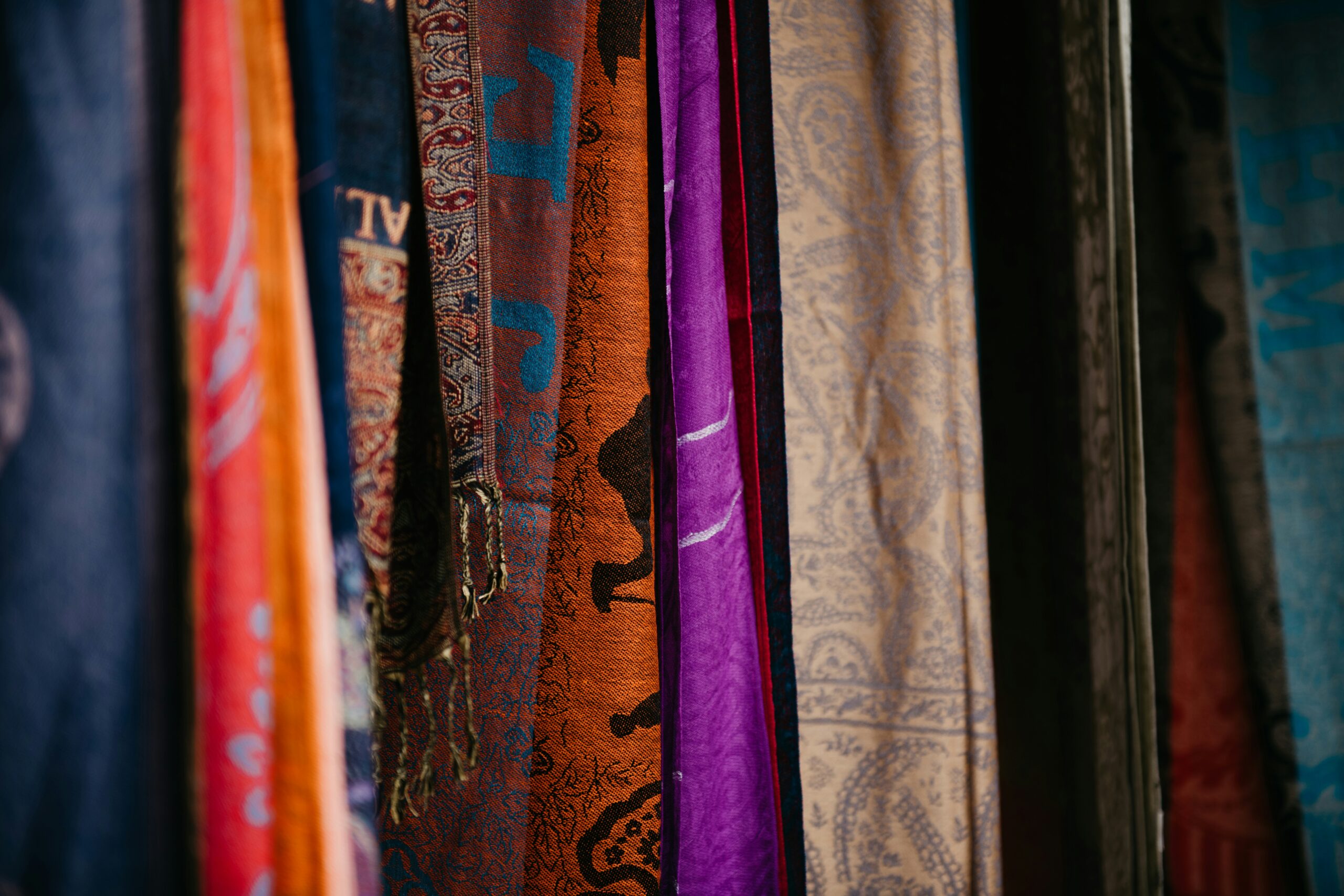
Section 4 – Wearing a Kimono in Kyoto Today
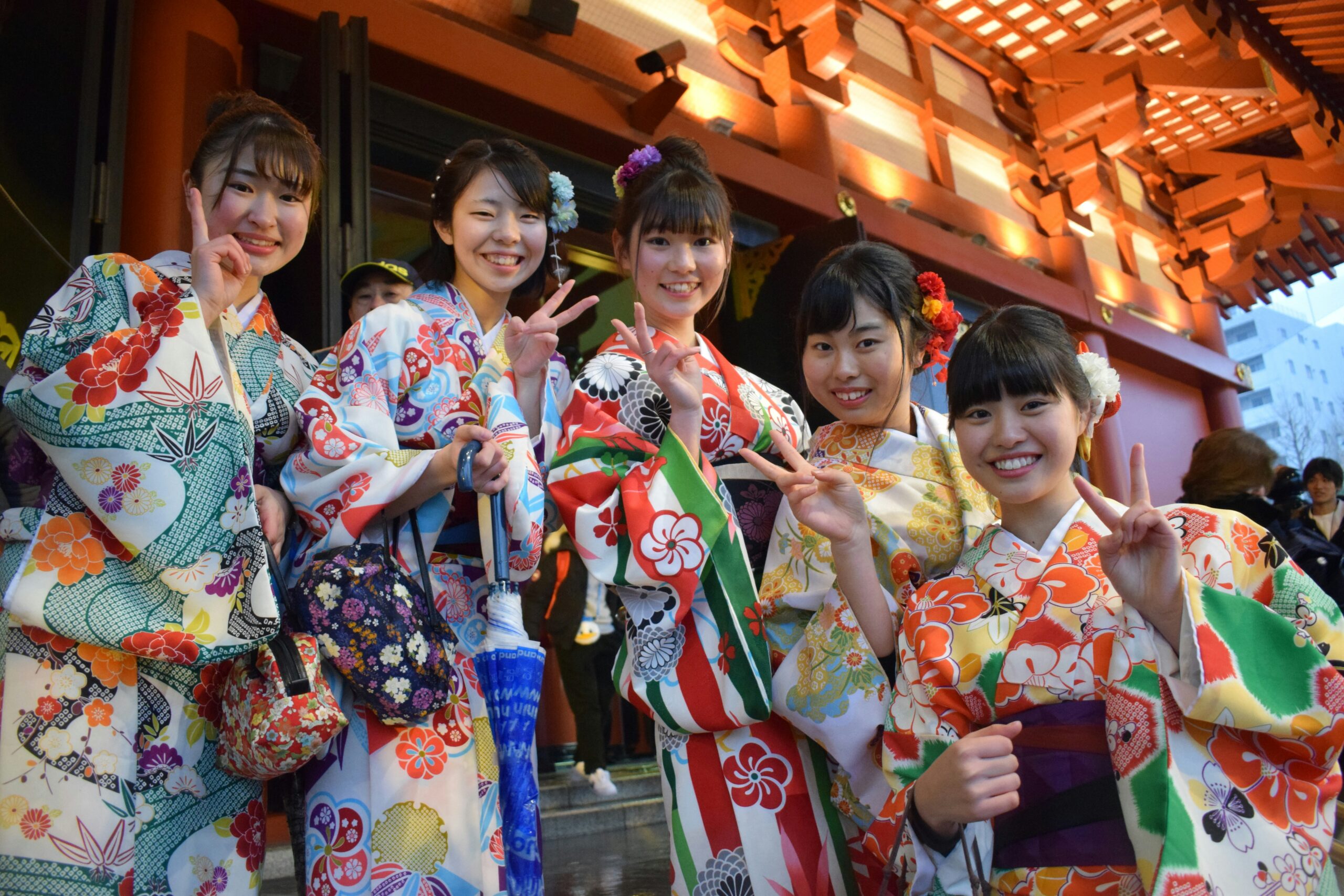
Walking through Kyoto’s Gion district in a kimono is like stepping back in time. The cobblestone streets, wooden machiya houses, and lantern-lit tea houses create a cinematic backdrop.
Modern visitors rent kimonos for:
- Cherry blossom season photoshoots
- Autumn foliage walks in Arashiyama
- Visiting iconic shrines like Fushimi Inari Taisha
Our Kyoto photography sessions are designed to make this experience unforgettable, with expert styling, authentic kimonos, and professional photography in Kyoto’s most picturesque spots.
Section 5 – Why These Garments Matter Today
Traditional clothing connects us to our roots. Wearing them in their place of origin:
Supports local artisans
Preserves heritage crafts
Promotes cultural understanding
By exploring and celebrating these garments across Asia, we ensure their stories are not lost to time.
Section 6 – Tips for Visitors to Kyoto Who Want to Wear a Kimono
- Book early during peak seasons
- Choose seasonal colors for the best photos
- Learn basic etiquette (e.g., left side over right for living wearers)
- Consider a professional photographer to capture the moment beautifully — Book your Kyoto kimono session here
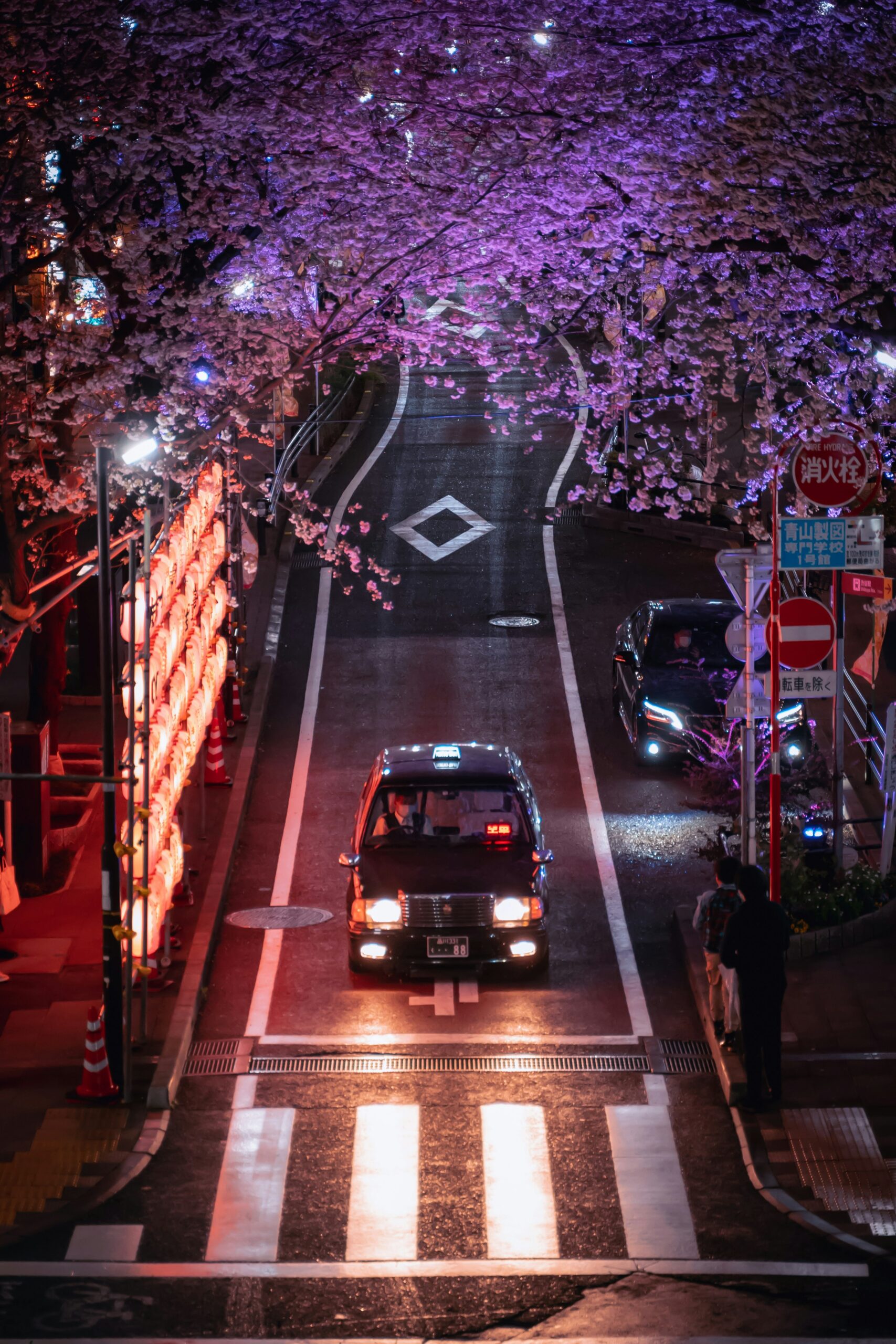
Conclusion
The kimono is more than fabric — it’s a cultural treasure that shares deep roots with other Asian garments. Exploring these connections enriches your appreciation for Kyoto and the traditions that still thrive here.
When you next visit Kyoto, step into history, experience the elegance of the kimono, and let us capture your journey with stunning photos you’ll cherish forever.


コメント